

Hah Taew Tattoo
The Sak Yant "Hah Taew" goes back to the ancient kingdom of Lanna, which is now known as Northern Thailand. The Buddhist monk Kruba Kam of Wat Ton Pin is credited with the original design. Over the centuries, the original five lines of script, written in an ancient Khmer language, have been changed several times by accident or design. In the original Hah Taew design these lines were used:
Hah Taew thus represents five individually performed yants, each row having its own meaning. The first row prevents unjust punishment, the second row protects against bad horoscope constellations and misfortune, the third row protects against the use of black magic. The fourth row refers to one's lifestyle, as it is supposed to strengthen luck, success and fortune, and help to pursue one's future ambitions. The last row serves to lend attraction and charisma of the opposite sex.
Gao Yord Tattoo
The "Gao Yord Tattoo" is traditionally tattooed on the back of the neck and embodies the nine sacred peaks of Mount Meru as well as symbols of the Buddha. The towers are known as "Unaalome", which represents the crown of the "Arahants", the enlightened saints. It protects the wearer from evil spirits and brings good luck in their lives. It is said to provide physical protection as well and even protect against the bad word that has not yet been spoken. In all designs, the nine elements of Mount Meru are considered, with the Gao Yord representing the nine different Buddhas or standing for the ascent to Nirvana.
Tiger Yant Tattoo
The "Tiger Yant" symbolizes power, strength and fearlessness because of the feared and respected tiger. Since the tiger is considered a fearless and authoritative animal in many cultures, this motif is especially popular with Muay Thai fighters and soldiers so that they can safely go into battle. Some prefer the twin tiger variant, with the lower half of the yant encompassed by the Khmer script.
Hanuman Tua Ha Tattoo
The ancient Thai story of Ramakian features Hanuman, the monkey god who was considered Rama's strongest warrior. According to legend, he had powers far stronger than humans, including the ability to fly. Wearers of the Hanuman Tua Ha tattoo are blessed with courage, bravery, strength and endurance. They are said to be protected from danger and have enhanced self-confidence. Therefore, this motif is also one of the most popular among Muay Thai fighters. Even the Thai school curriculum contains stories about Hanuman, portraying him as a god with the attributes of humility and bravery. Though he was not a god, he attained a high level of spirituality. There are several variations on this motif as well. "Hanuman Suwanna" bestows longevity and serves to receive kindness and compassion, "Hanuman Ma niyor" supports polite speech and straight speaking.
Ganesha Tattoo
The Indian elephant god Ganesha, called the "Lord of Hosts" or "Lord of Obstacles", is a Hindu god who is also held in high esteem in Thailand. Revered as a sacred animal, the elephant is considered the ideal image of power and wisdom. Ganesha is the son of the Indian gods Shiva and Parvati and is considered a gifted dancer and lover. He is depicted as a corpulent man with an elephant head resting on a lotus flower. His four arms represent mind, intellect, ego and consciousness. The bearer of this god of luck is said to have protection in life and the ability to circumvent obstacles.
Paed Tidt Yant
The tips of the Paed Tidt tattoo symbolize the eight directions of our universe. Since it is reminiscent of a compass, it is especially popular with travelers a motif, which should serve for protection on the road. However, many aspects of the sacred motif were lost in translation. So this Yant was not originally meant for travelling, but to receive luck and protection in the future from all eight directions. Thus, one should not limit one's mind to physically traveling to a place, but to traveling without compass direction. The lower circle "Unaalome" represents life with its many earthly distractions that we encounter in our daily lives. So as long as one allows them to control one, one is spinning in circles. However, if you don't let them control you, you end up on an ever increasing spiral. The straight line pointing upward also represents the straight path to enlightenment. The better one can eliminate the negative influences, the faster one will reach enlightenment.
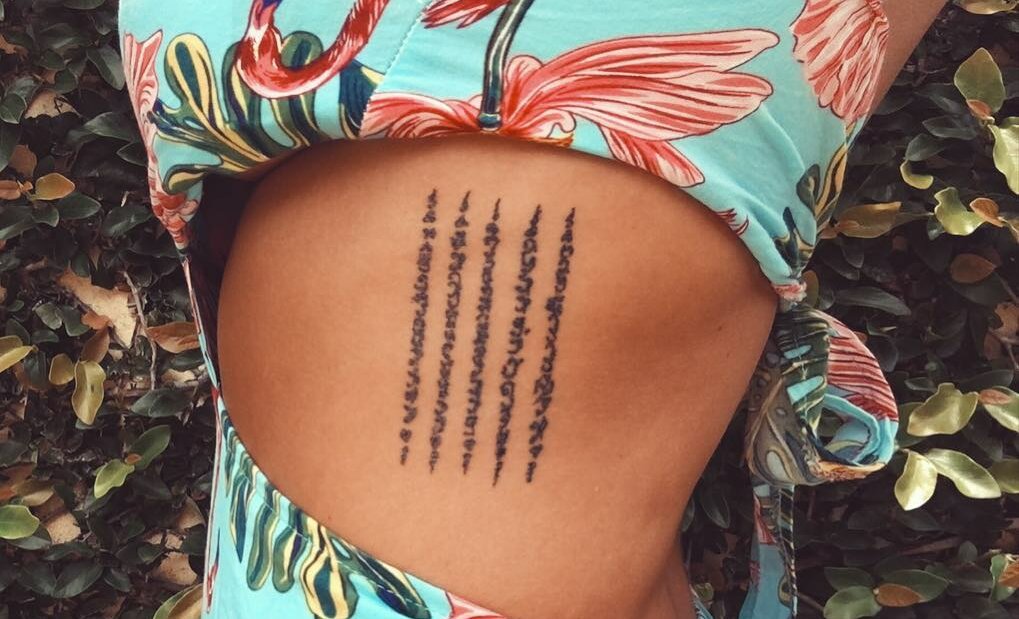
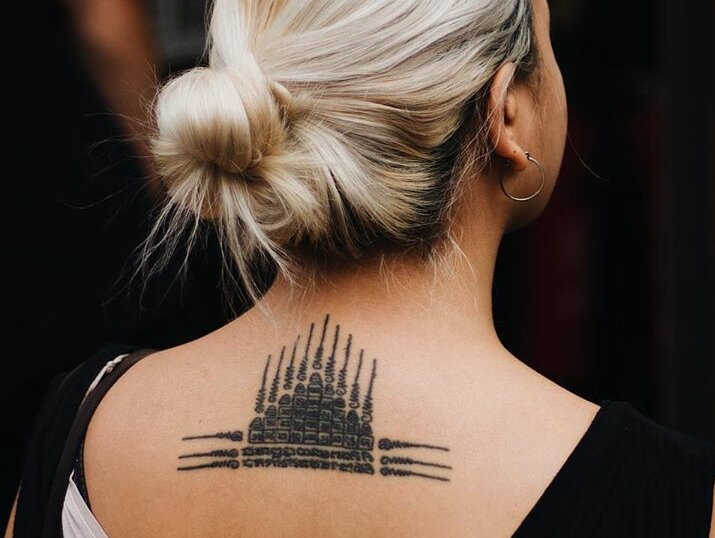
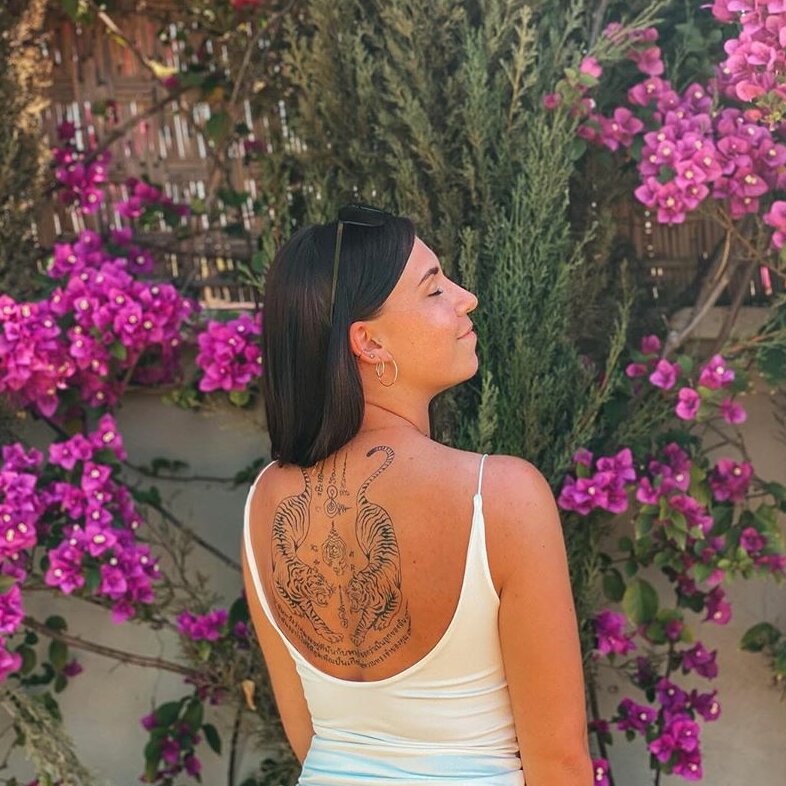
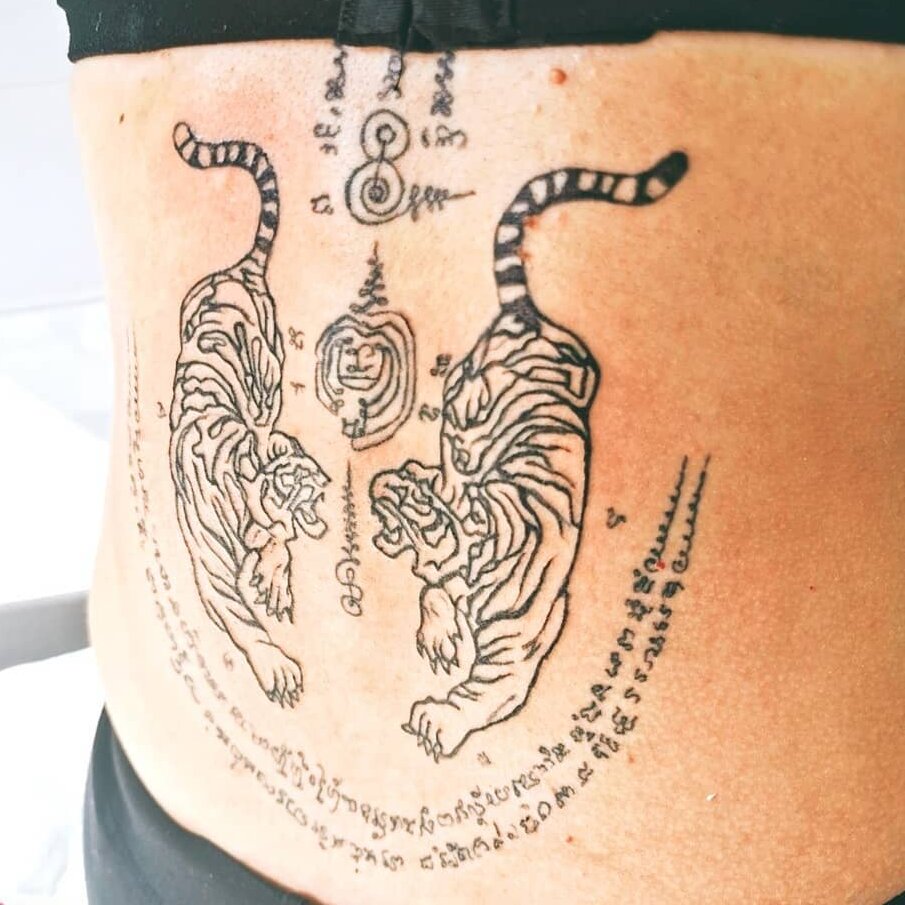
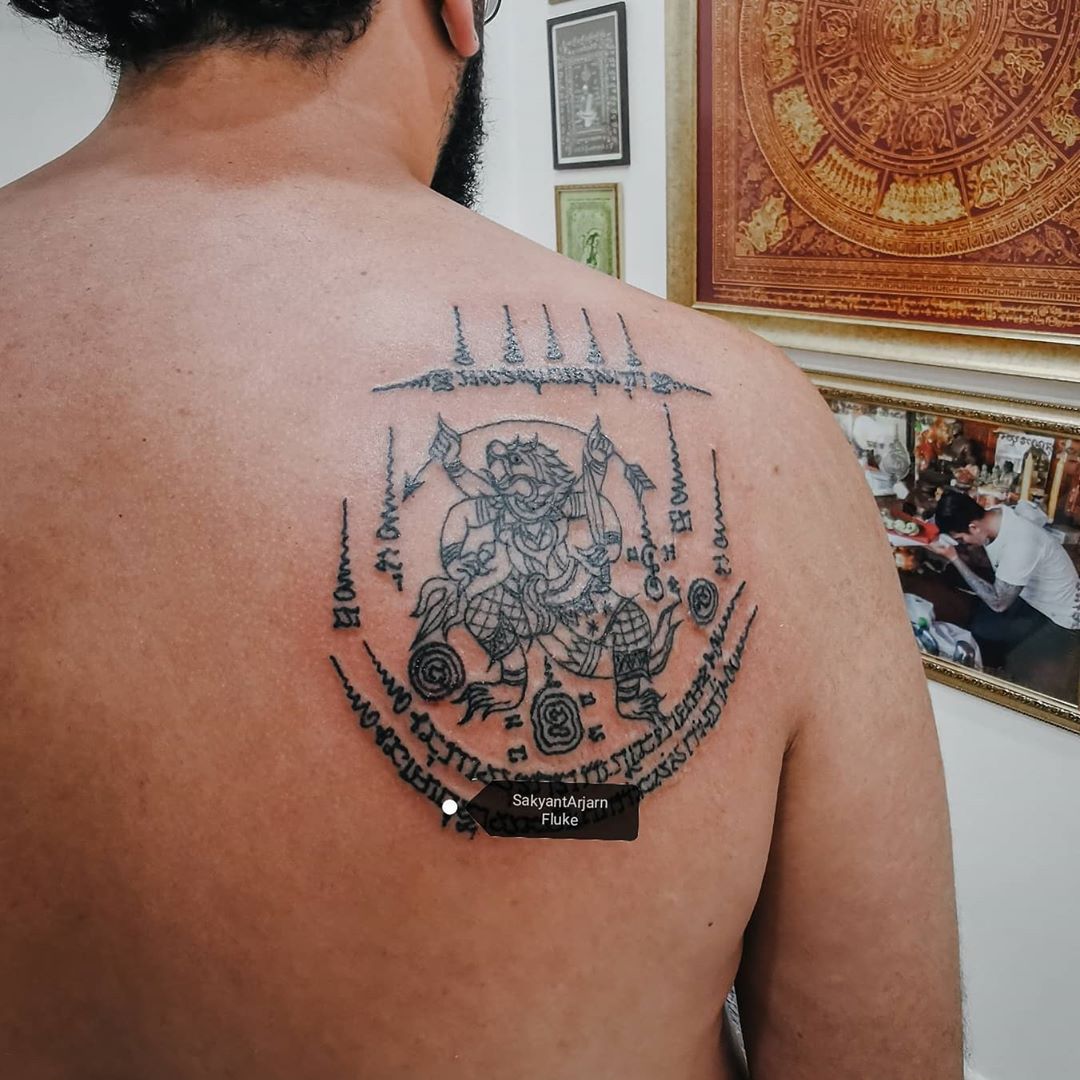
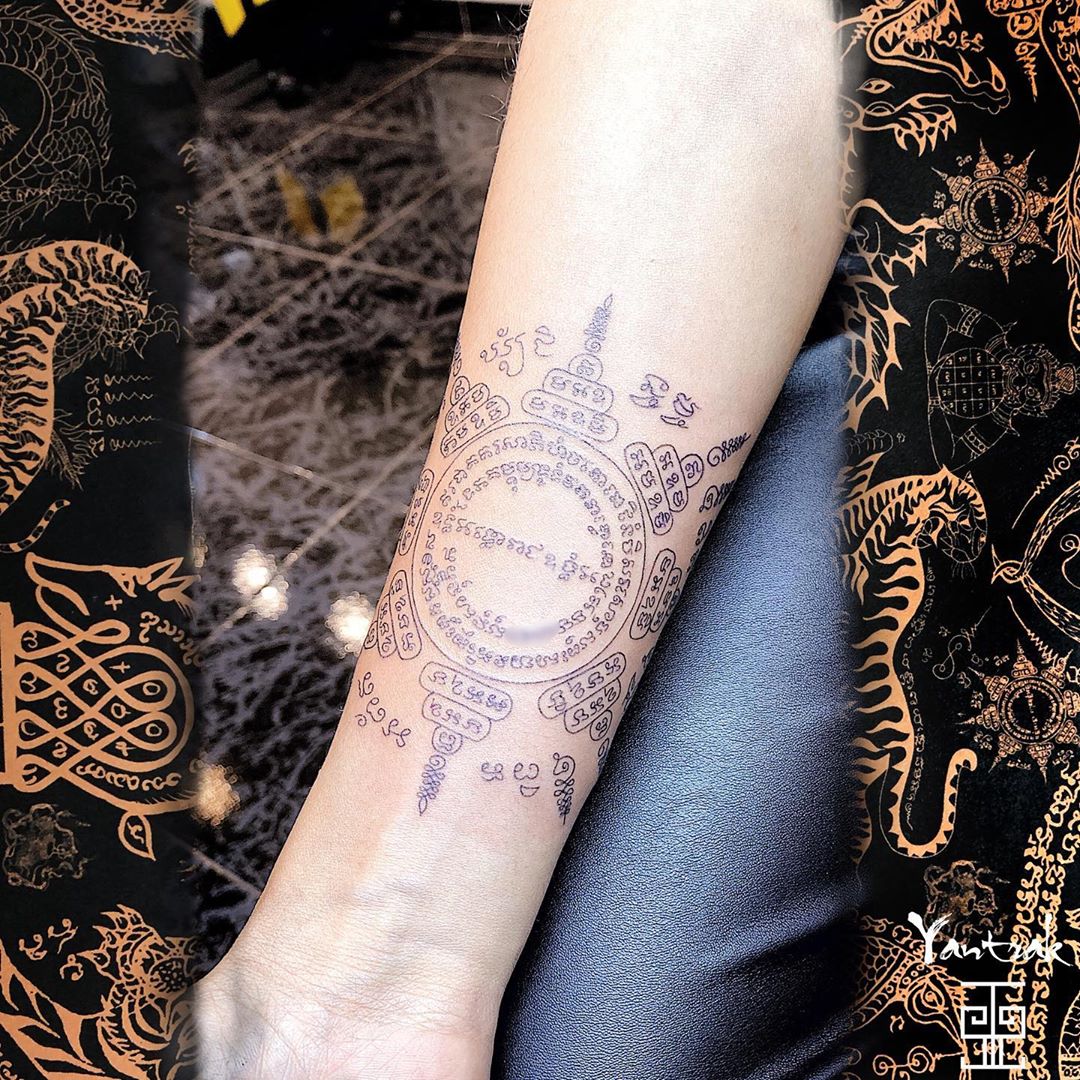

Kommentar schreiben
Kommentare
Keine Kommentare